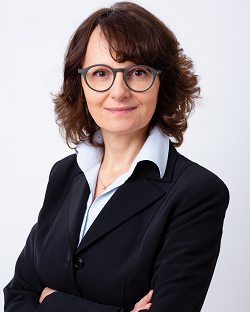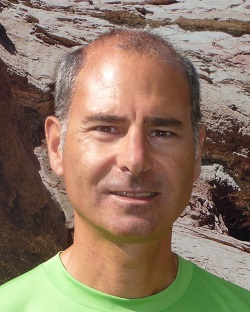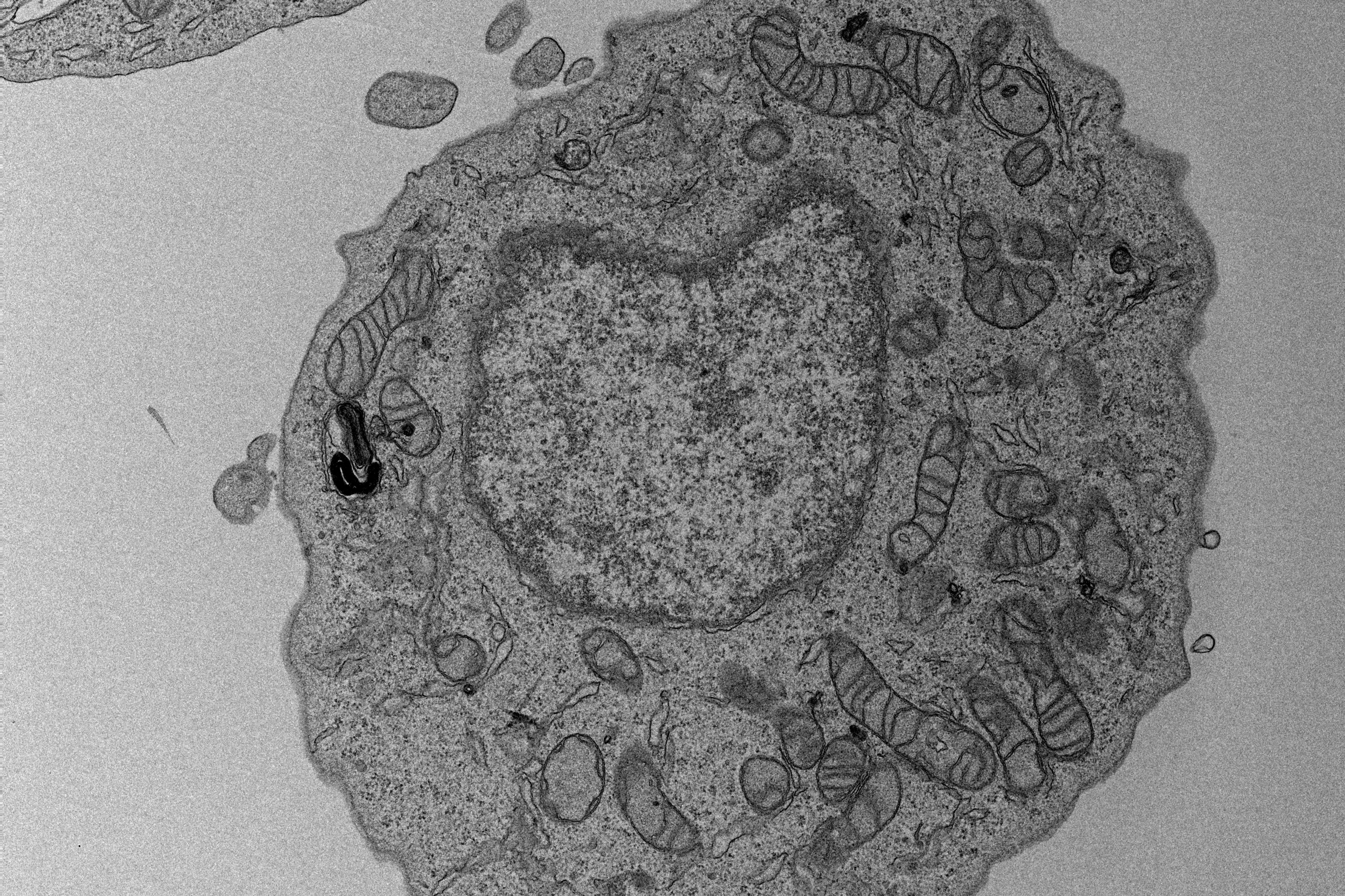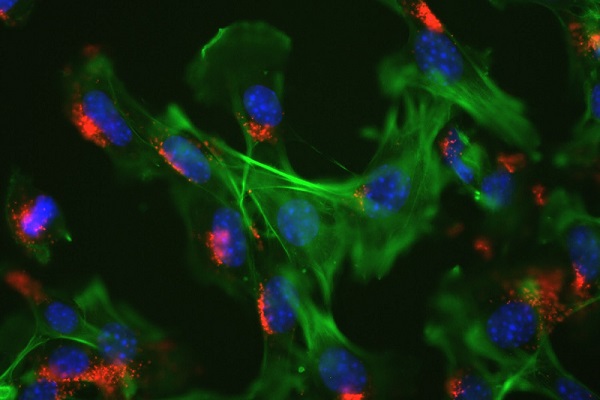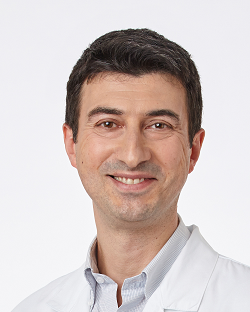
Divisions
Genetics and cell biology

The mission of Genetics and cell biology Division is the comprehension of biological and pathological phenomena, as this is fundamental to cure disease and create novel biotechnologies. The division hosts curiosity-driven projects of innovative investigators, and structured programs on areas of particular interest and strength. The division tries to balance curiosity driven research and team-networking organization, fostering quality science, and producing knowledge transferable to the Clinics or other thematic Divisions. Recruiting excellent scientists, providing suitable technological platforms, tightening the relationships between basic and clinical scientists and promoting areas of strength are key parts of the division's mission.
Research
Cutting edge areas in the divions are the physiopathology of cell stress and iron metabolism, chromatin dynamics, genetics and epigenetics. Internationally competitive groups are working in cell adhesion, migration and polarity. A program with fertile interdivisional links is bone and cartilage physiopathology (Bonetwork). Molecular mechanism underlying diseases (conformational diseases, cystic kidney disorders, neuromuscular diseases, inflammation, iron-related diseases, disorders of human reproduction, osteoporosis and bone diseases) are being investigated by many groups with robust animal and cellular models and patients’ biological samples.
Organization
The Division of Genetics and Cell Biology (DGCB) hosts many basic research groups, totalling over 100 persons.
DGCB hosts both PhD and Postdoctoral training programs related to Università Vita-Salute San Raffaele, where positions are offered on a competitive basis for a minimum of 3 and 2 years, respectively.
Clinical collaborations
These lines of investigation address important medical issues in which existing synergies between basic and clinical sciences are being fostered, increasing our funding potentials and translational outputs. DGCB provides the clinics with concepts and protocols to be tested, at the same time the reverse translation takes place: detailed analysis of cohorts of patients can help unravel physiological mechanisms.
DGCB daily collaborates with the following research groups, affiliated with the clinical departments of the hospital:
Marco Bianchi
Group Leader
Chromatin dynamics
Alessandra Boletta
Group Leader
Molecular basis of cystic kidney disorders
Giorgio Casari
Group Leader
Genome-Phenome Relationship
Simone Cenci
Group Leader
Age related diseases
Simone Cardaci
Group Leader
Cancer metabolism
Maurizio D'Antonio
Group Leader
Biology of myelin
Irene Franco
Group Leader
Somatic Mutation Mechanisms
Davide Gabellini
Group Leader
Gene expression Regulation
Giovanna Musco
Group Leader
Biomolecular nuclear magnetic resonance
Antonella Nai
Group Leader
Regulation of iron metabolism
Luca Rampoldi
Group Leader
Molecular genetics of renal disorders
Roberto Sitia
Group Leader
Protein transport and secretion
Emilie Venereau
Group Leader
Tissue regeneration and homeostasis
Emanuel Della Torre
Project Leader
Translational Immunology
Enrico Milan
Project Leader
Age related diseases
Laura Silvestri
Project Leader
Regulation of Iron Metabolism
Research Fellow position is available at Regulation of Iron Metabolism Unit, led by Dr. Antonella Nai.
IRCCS San Raffaele Scientific Institute in Milan is looking for a Post-Doctoral Fellow to join the Biomolecular NMR Group, led by Dr. Giovanna Musco.
Bioinformatician at the Molecular Basis of Cystic Kidney Disorders Laboratory, led by Alessandra Boletta
Fellow/Technician position in Protein Expression and Purification at the Biomolecular NMR Laboratory, lead by Giovanna Musco
Computational Chemist Fellowship at the Biomolecular NMR Laboratory, headed by Giovanna Musco
Post-Doctoral Position at Tissue Regeneration and Homeostasis Unit, headed by Emilie Venereau


